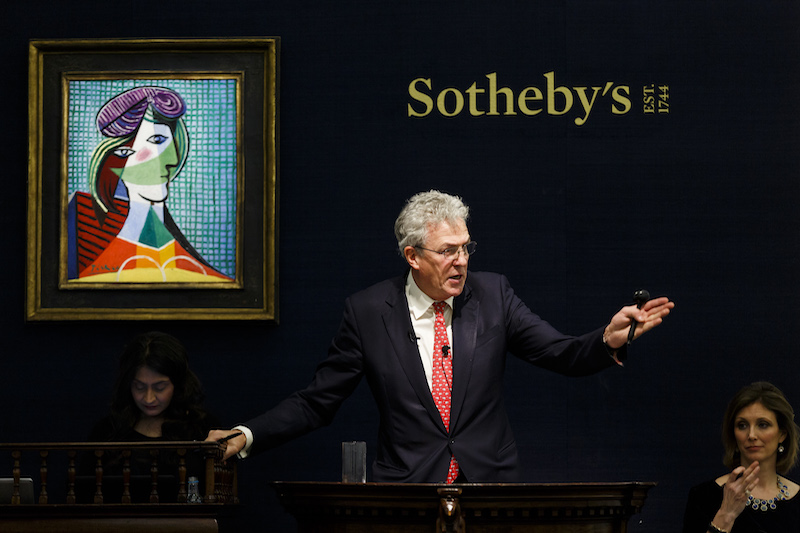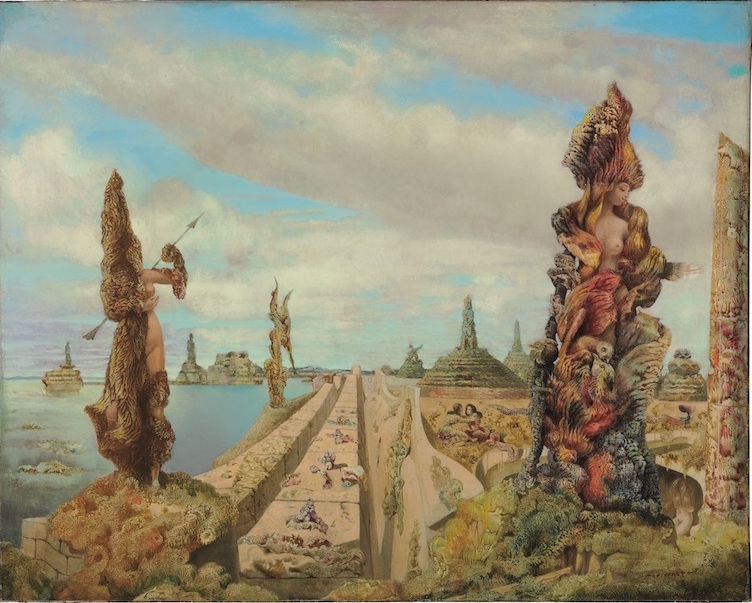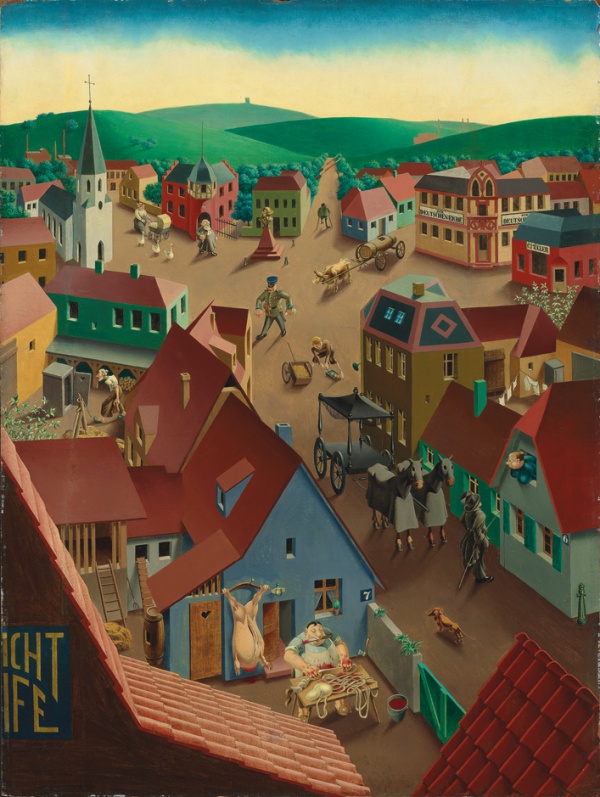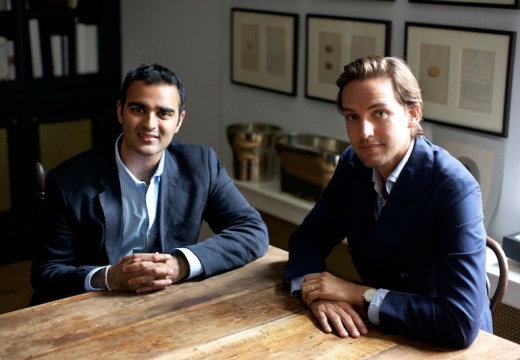As predicted, this week’s series of Impressionist and Modern Art sales, London’s first big test of the art market in 2016, indicated more circumspect times are upon us. Speculation about price correction rang true and while this is no market cliff edge, good fresh consignments are a little thin, and both buyers and auctioneers are taking a more sober approach.
Along with ‘selectivity’, the auctioneer buzzword of 2016 looks set to be the ‘value purchase/er’. This does not look like it will be a year of hyperbole, and as Helena Newman, Sotheby’s chairman of Impressionist and Modern Art Europe said, the auction house’s evening sale on 3 February reflected a ‘solid, functioning market’ – language more usually applied to an M&S trouser suit.
On Tuesday 2 February at Christie’s evening sale of Impressionist & Modern Art and The Art of the Surreal, 75% of the 89 lots sold, totting up to £95.9m (including buyer’s premium), against the pre sale estimate of £87.3m–£129.1m.
The top price of the night came in the later Surrealist sale, for Max Ernst’s The Stolen Mirror (1941), which fell in just above the £7–10m estimate (if buyer’s premium is included), selling for £7.6m to a third-party guarantor. In 2011, this work sold for £10.3m at Christie’s New York.
Egon Schiele achieved the second highest price, topping the main Impressionist and Modern section. His self-portrait with spread fingers, painted as a 19-year-old in 1909 and clearly influenced by Klimt, was pitched at £6–8m and sold for £7.3m.
A surprise price for a lesser-known artist rarely seen on the market can pique the interest at these sales, so often full of more average or familiar works by blue-chip names. Such a piece at Christie’s was a large painting by the New Objectivity artist Georg Scholz, a satirical townscape titled Badische Kleinstadt bei Tage (1922–23). It was purchased by New York gallery Acquavella for £1.2m, double the top estimate and an auction record for Scholz.
Of the Scholz, London art advisor Patrick Legant commented, ‘It’s a niche market but that picture was a real gem and his work is so rarely seen on the market.’
Legant welcomes the current market readjustment: ‘It is healthy. In the June sales, many pictures were still guaranteed with third parties to back them up, and many were still selling on lower estimate. Now with barely any guarantees, we had a proper view of the market and it is still functioning.’
As Legant points out, when something truly special and rare comes up there is demand, as witnessed by Rodin’s Iris, Messagère des dieux, a large bronze executed in 1890–91 and cast between 1902 and 1905, which appeared the next night at Sotheby’s evening sale. After old-fashioned ping-pong bidding between a phone and a bidder in the room, it sold over estimate in the room for £11.6m, reportedly to Oslo dealer Ben Frija (according to insider newsletter the Baer Faxt). In GBP, that’s a new auction record for Rodin.
Though the painting made the top price of the night, the seller of Tête de Femme, Picasso’s vibrant 1935 oil on canvas, shouldered a loss on the $39.9m they paid for the portrait of Marie-Thérèse Walter at Sotheby’s New York in November 2013. The vendor needed to sell and Sotheby’s advised a more cautious estimate of £16–20m – wisely, as it sold for £18.9m to a private collector.
The Surrealist art section produced a new auction record for Paul Delvaux, whose 1936 oil on canvas sold for £7.3m to the trade. The painting broke its own record for a Delvaux, having previously sold at Christie’s in 1999 for £3.2m. Overall Sotheby’s £93.7m total was ‘solid’ though shy of the £97.6m–£138.4m estimate. Five lots sold for over £7m.
A Rodin bronze also led Bonhams’ Impressionist and Modern art sale on Thursday, 4 February. L’Eternel Printemps (The Eternal Spring) was first conceived in 1884, when Rodin was in love with his assistant Camille Claudel, and executed between 1906–07. It sold above a £500,000–700,000 estimate at £938,500.
In short, times are more prudent and, to borrow a managerial phrase, this looks to be a year of managing expectations. The past few years have arguably seen choreographed sales, with the proliferation of financial guarantees at the top of the market. With few guarantees at any of this week’s sales, perhaps only now are we seeing a true reflection of the market, minus the smoke and mirrors.
Unlimited access from just $16 every 3 months
Subscribe to get unlimited and exclusive access to the top art stories, interviews and exhibition reviews.
















![Masterpiece [Re]discovery 2022. Photo: Ben Fisher Photography, courtesy of Masterpiece London](http://www.apollo-magazine.com/wp-content/uploads/2022/07/MPL2022_4263.jpg)
It’s time for the government of London to return to its rightful home